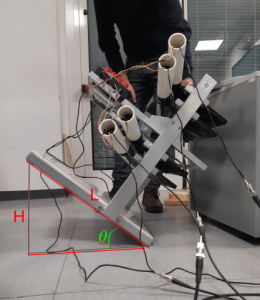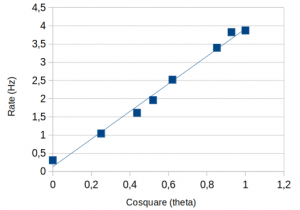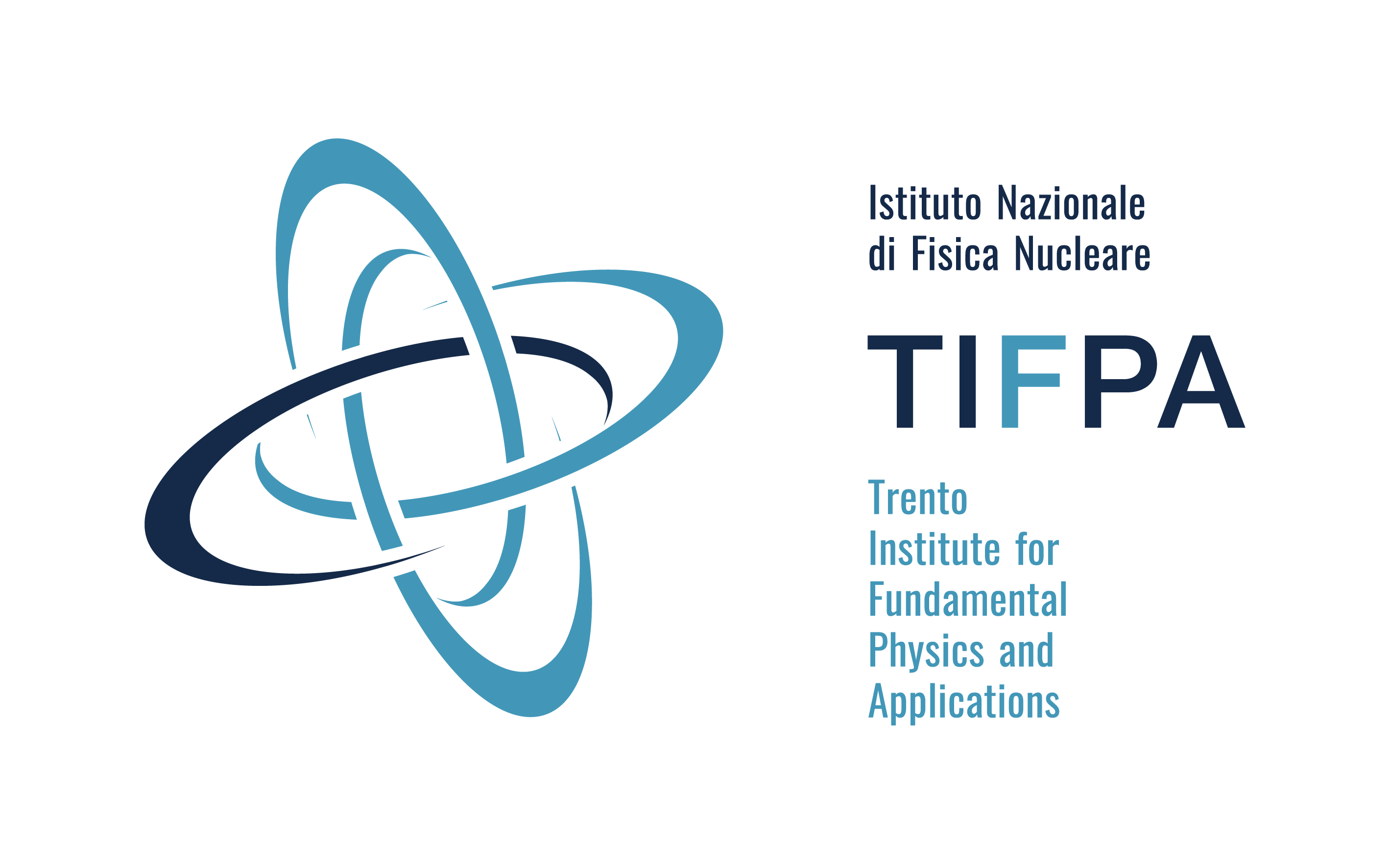OCRA - An International Outreach Project for Cosmic Ray Physics
OCRA – Outreach Cosmic Ray Activities was born in 2018 inside Istituto Nazionale di Fisica Nucleare (INFN) with the aim of collecting in an unique project all the local public engagement activities in Cosmic Ray physics and disseminating them at international level.
The Science
The phenomenon of cosmic radiation, invisible to human eyes, encompasses all the fundamental problems of modern physics: from the origins and evolution of the Universe to the current understanding of the behaviour of known forces up to the intimate structure of matter.
From the study of this radiation all modern theories and knowledge of the world around us were born. On the other hand, cosmic radiation is easily intercepted and can easily be "made visible" through simple telescopes of particle detectors, therefore it represents in itself an excellent teaching laboratory to introduce non-experts, in particular students, to the study of physics and fundamental phenomena of nature. Through the use of a simple detector and with the guidance of the researchers of the center, OCRA aims to make students participate in a real campaign of measurements of the cosmic ray phenomenon.
OCRA's program includes participation in the International Cosmic Day, a three-day internship for high school students and the development and production of instrumentation for educational activities. These activities are carried out at TIFPA and in 17 other locations around the world and coordinated internationally by the DESY collaboration.
TEAM
• Involved external institutions: DESY
• INFN groups: Bari, Cosenza, Catania, Firenze, Genova, GSGC, Lecce, LNGS, LNS, Milano, Milano Bicocca, Napoli, Padova, Perugia, Pisa, Pavia, Roma I, Roma II, TIFPA, Torino, Trieste
• Principal Investigators: Carla Aramo and Sabine Elisabeth Hemmer
• INFN Project: OCRA3M
• Duration: over 3 years
TIFPA Team
• Local responsible for TIFPA: Francesco Maria Follega
• involved TIFPA people: Francesco Dimiccoli, Ignazio Lazzizzera, Christian Manea, Riccardo Nicolaidis, Francesco Nozzoli, Ester Ricci, Enrico Verroi.
International Cosmic Days @TIFPA
The experimental activity carried out at ICD regards one particularly interesting target of cosmic ray physics, the measurement of cosmic muon rate.
Atmospheric muons are copiously created in the interaction of energetic primary cosmic particles (mostly protons) with the Earth atmosphere, mainly by the decay of charged pions and kaons. While most of the soft component in the secondary radiation is absorbed by a relatively small thickness of material, muons have a large penetrating power, reaching the sea level and even passing through a large thickness of solid rock.
Apart from the low-energy region, the differential energy spectrum of the vertical secondary muons in a shower exhibits a power-law shape with an average value around a few GeV. The detailed shape and the average momentum of muons depend however on the orientation of the secondary muons with respect to the vertical. As a first approximation, the dependence on the zenithal angle θ of muons roughly follows a cos2θ law, due to the larger absorption of muons in the atmosphere for inclined trajectories.
For further info visit:
ICD2024 at TIFPA
ICD2023 at TIFPA
ICD2022 at TIFPA
ICD2021 at TIFPA
ICD2019 at TIFPA
External Resources
OCRA web site
DESY web site
Images from ICD sessions

The TIFPA Muon telescope, used during the ICD days is composed by 4 layers of plastic scintillators (15x15cm), forming two detection planes separated by 24 cm. The scintillation light is collected by 4 PMTs. Thanks to its wide angular acceptance it is able to measure a rate of 2-3 events per second, allowing live measurements of cosmic muon rate by the students. Its simple and solid structure allows to perform the measurements at different angles.

The Read-out of the TIFPA Muon telescope signal is performed with an high performance oscilloscope. It is able to trigger, store and analyze the data from the telescope in live conditions. Its bandwidth allows to measure time intervals with 50ps precision, and thus measure the average velocity of the cosmic muons by flipping the telescope upside-down.


At ICD, various experts from the TIFPA give introductory speeches on Cosmic Ray Physics to the students, before involving them in a real cosmic muon flux measurement.

Cosmic muon rate measured by high school students with the TIFPA Muon telescope during ICD as a function of cos^2 of the inclination angle.
Misure del flusso di muoni - Gallerie Piedicastello
During the Spring 2024, 15 students from the “Da Vinci” school in Trento, under the guidance of TIFPA experts, characterized the cosmogenic background in various locations within the Piedicastello tunnels using three portable scintillator telescopes with different geometric acceptances. They discovered that the muon flux in the deepest part of the tunnels is about two orders of magnitude lower than at the surface. This tunnel characterization was supported by OCRA and part of the “Cosmic Box contest".



